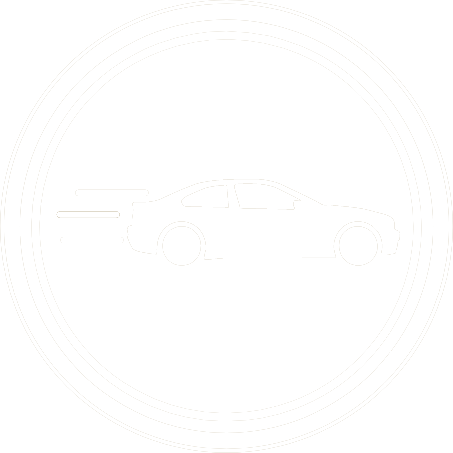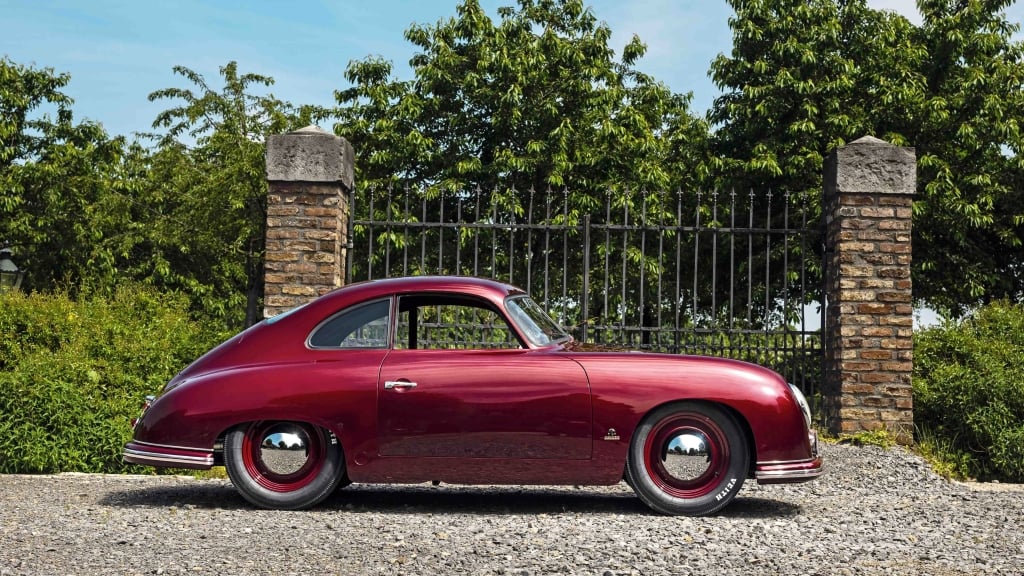
After more than seven decades in the country, it’s easy to understand why so many South Africans love the Porsche brand itself as much as its products.
Right from its foundation in 1948, performance and innovation were key elements in Porsche’s philosophy, helping the company grow from a small-scale specialist automaker into the engineering powerhouse it it today. And, while their first product was derived from a pedestrian budget car, Porsche’s constant tinkering soon established the 356 as a serious sporting machine, both on the road and on the world’s racing circuits.
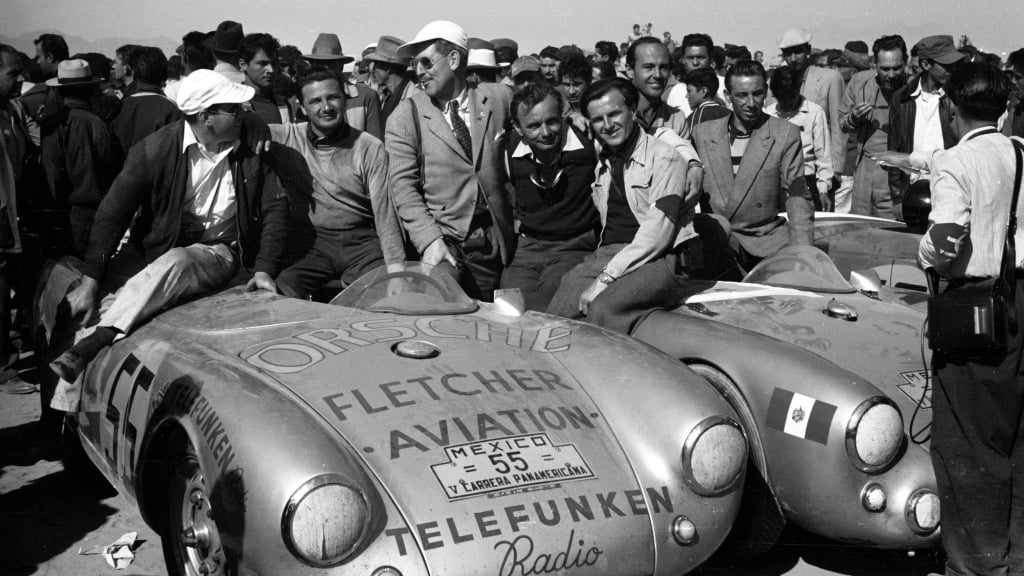
Track-bred innovations
Porsche’s racing experience with the 356 soon led to some major improvements which ended up having lasting impacts on the broader automotive world. One of these innovations was the synchronised manual gearbox, a technological advancement which was soon adopted across the industry and set the precedent for Porsche’s future influence in transmission technology.
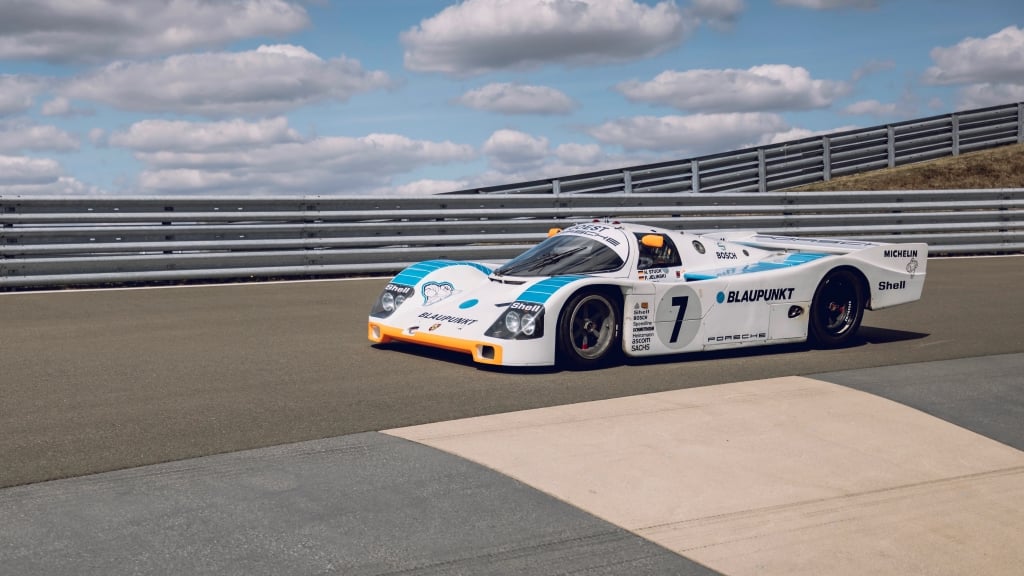 That dual-clutch gearbox you can now find in anything from bargain-priced Chinese SUVs to storming supercars also has Porsche roots, because this transmission type was first successfully used in the 962 racer. It notched-up an impressive 19 manufacturer’s championship titles over its decade-long racing career, before finding its way into Volkswagen Group products about a decade later and then spreading to just about every other manufacturer.
That dual-clutch gearbox you can now find in anything from bargain-priced Chinese SUVs to storming supercars also has Porsche roots, because this transmission type was first successfully used in the 962 racer. It notched-up an impressive 19 manufacturer’s championship titles over its decade-long racing career, before finding its way into Volkswagen Group products about a decade later and then spreading to just about every other manufacturer.
Related: Should you fear the dual-clutch transmission? Click here for some sound advice!
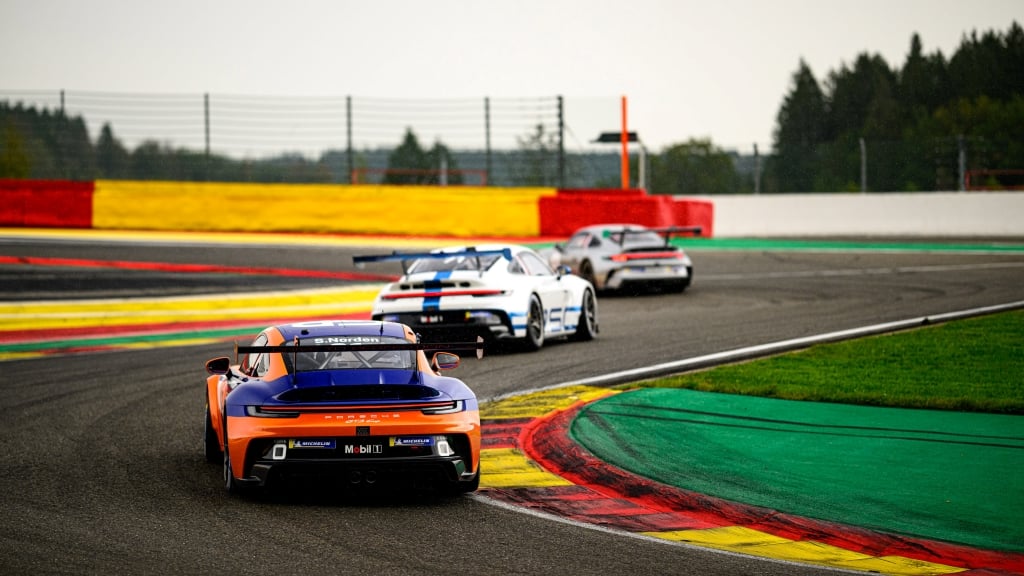
ICE masters, electrical pioneers
Porsche naturally focused heavily on the development of its internal combustion engines as well, in later years combining variable camshaft timing and valve lift, multi-stage (ram-air) induction systems, direct fuel injection and twin-spark technology in their various engines, eventually culminating in the screaming 375 kW/470 Nm naturally-aspirated 4.0-litre beast in the current 992-series 911 GT3 RS. Mated with Porsche’s signature PDK (dual-clutch) transmission, it embodies every tenet of the company’s culture, and may just represent one of the ultimate highlights in the internal combustion engine’s evolution.
But there is an increasing focus on electrification at Porsche as well, and this is again not without precedent. You’d imagine that such masters of four-stroke powertrains would resist the advance of electric drivetrains, but modern-day Porsche going electric merely continues the trend already explored by its founder at the dawn of the automotive age.
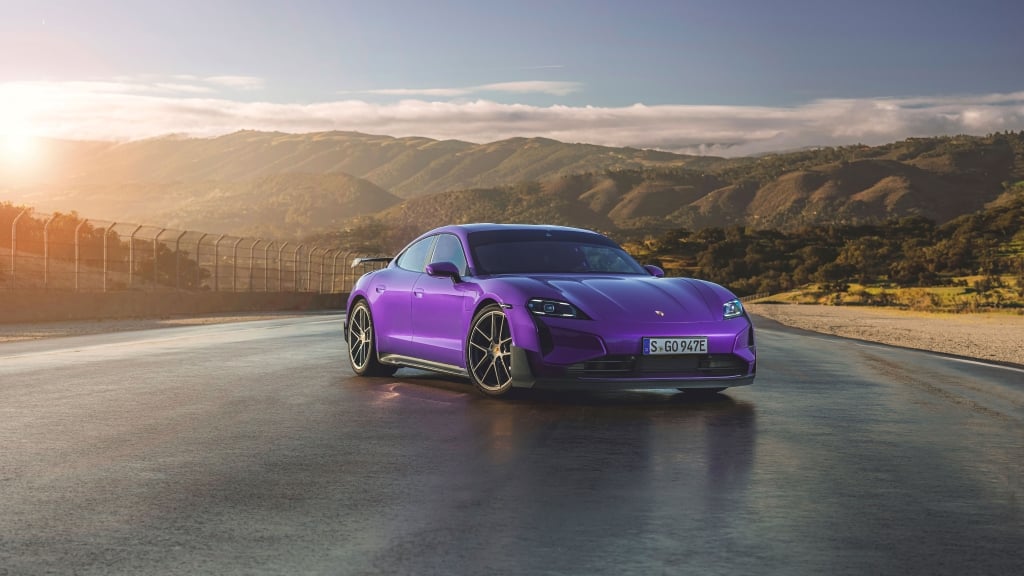
Electrification that predates the company itself
Before creating Porsche as an independent engineering (and later car-producing) company, Ferdinand Porsche worked as development engineer at a company called Lohner, and created a series of all-electric vehicles for this brand. He also recognised the advantages of petrol-electric hybrids, and produced the first hybrids when the 20th century rolled around. He naturally took these electric cars racing, and set a number of speed records in the process, starting a trend which Porsche continues to this day.
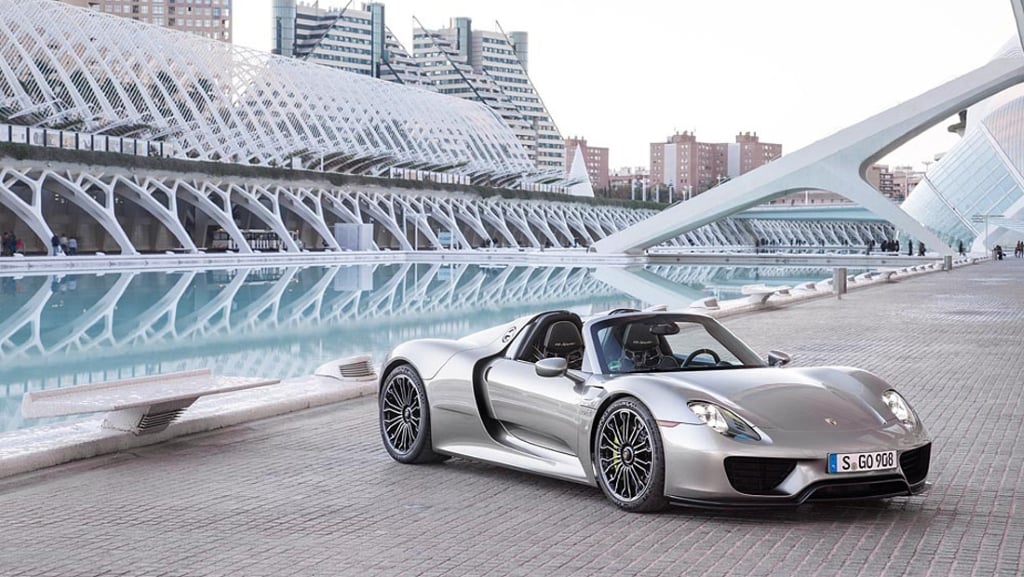
Fast forward to 2013 and the launch of the 918 Spyder, a hypercar with an 8 700 r/min naturally-aspirated V8 in the middle and an electric motor on each axle. Not only did this combination offer system outputs of 652 kW and 1 280 Nm, but it also allowed an all-electric range of up to 20 km.
This was in an era of hybrids generally being economy-minded budget offerings and long before plug-in hybrids became commonplace, yet Porsche decided to create one of the first performance hybrids using the same principles instead. Ten years later, plug-in hybrids are an entirely viable method of combining EV efficiency with ICE flexibility, and Porsche’s current product line-up includes some of the best examples of this propulsion method.
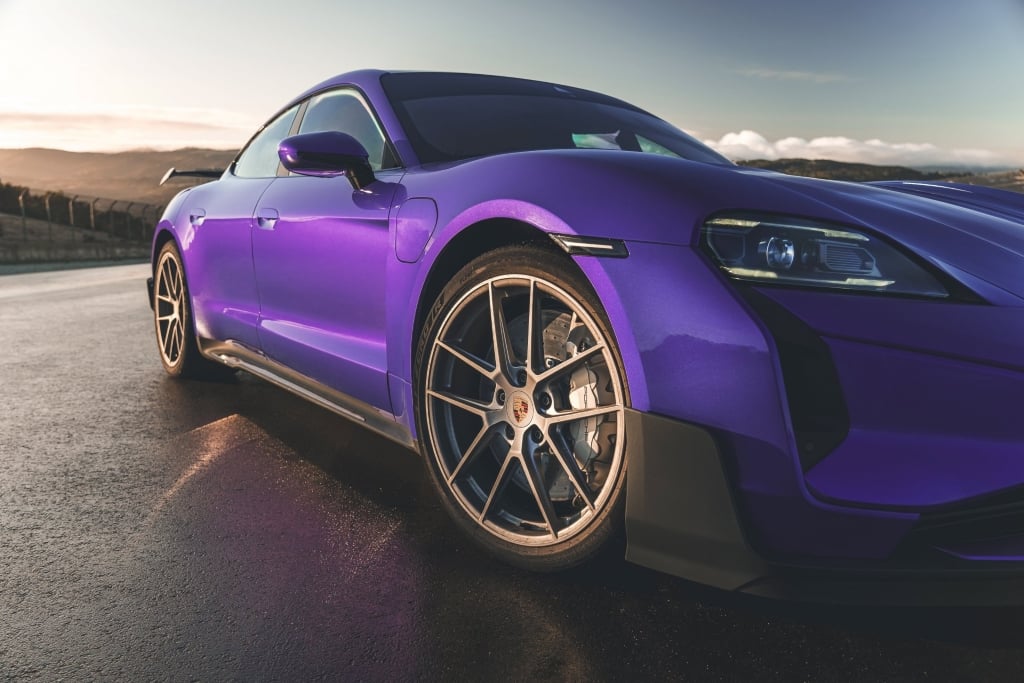
Porsche’s vision for the future
While Porsche still sees a future for internal combustion, thanks the development of renewable fuel resources, it also forged ahead with a wide-reaching plan to electrify its mainstream products. The first of these was the 2019 Taycan, which received an update for the 2025 model year to become even faster and more efficient.
In range-topping spec, the new Taycan Turbo GT (which doesn’t actually have a turbo, but the label sounds cool and carries historical significance for Porsche’s top performers so they used it anyway) delivers 580 kW and 1 340 Nm continously. This goes up to 760 kW with the Sport Chrono package, allowing the nearly-2.3-ton four-door sedan to sprint to 100 km/h in as little as 2.2 seconds.
Importantly, this performance remains available even when the batteries aren’t fully-charged, with no significant drop in acceleration as the battery pack depletes after repeated hard acceleration runs. And, just to show that the Taycan is more than a straight-line pony, the engineers fitted a Taycan Turbo GT with the Weissach package and took it to the Nurburgring, where it promptly devoured the Nordschleife in only 7 minutes and 7.55 seconds - the fastest laptime ever posted by any four-door vehicle, regardless of its propulsion type.
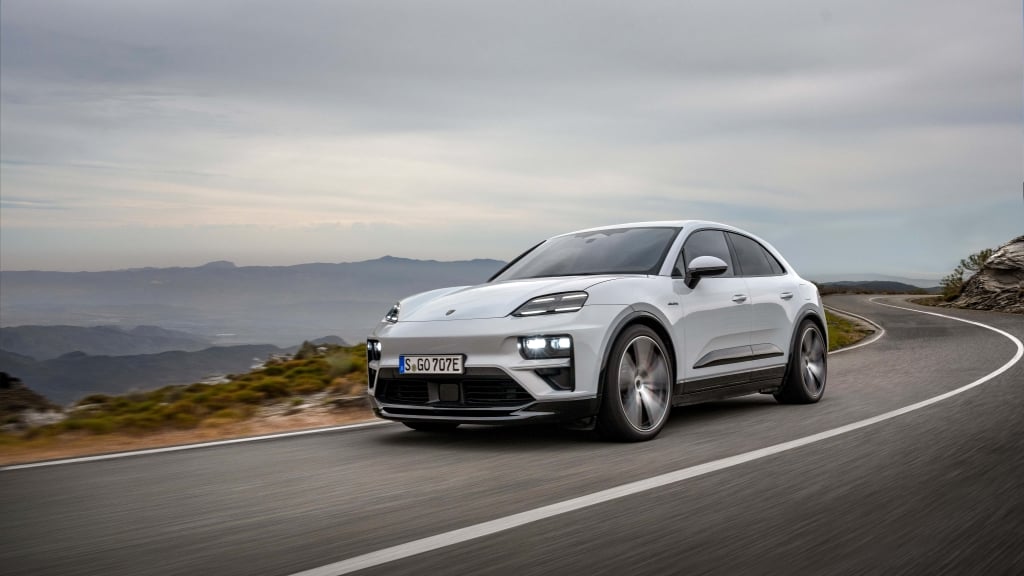
The Porsche EV rollout continues unabated, with the Macan going all-electric for its second generation in 2025. Its range-topping version will have up 470 kW on tap, and offer a driving range of 613 km and 800 kW fast charging.
Related: Read more about the record-breaking Porsche Taycan Turbo GT in Porsche’s own press release.
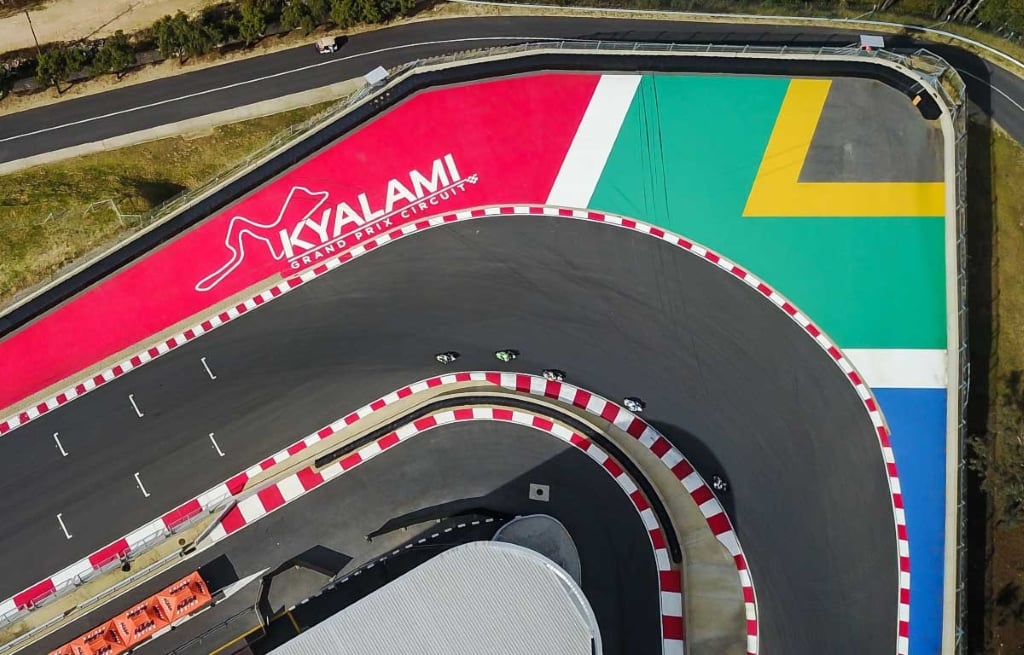
The South African connection
While the track-ready capability and all-round excellence of Porsche products are already enough to appeal to a wide audience, South African enthusiasts have an additional and unique reason to love the brand. The year was 2014, and our most significant racing circuit was up for sale after years of underdevelopment and general neglect.
The iconic Kyalami race track was consequently due to be auctioned off, with property developers eyeing the prime piece of land north of Johannesburg for redevelopment into housing estates and business parks. Porsche South Africa would have none of that, however, and swooped into the auction to buy the whole shebang for a cool R 205-million, saving the legacy of a priceless piece of local motoring history for posterity.
A further R 100-million was subsequently spent to bring the circuit up to FIA Grade 2 status, enabling Kyalami to once again host world-class endurance race meetings and reinventing the premises as a purpose-built exhibition centre for events such as the Festival of Motoring.
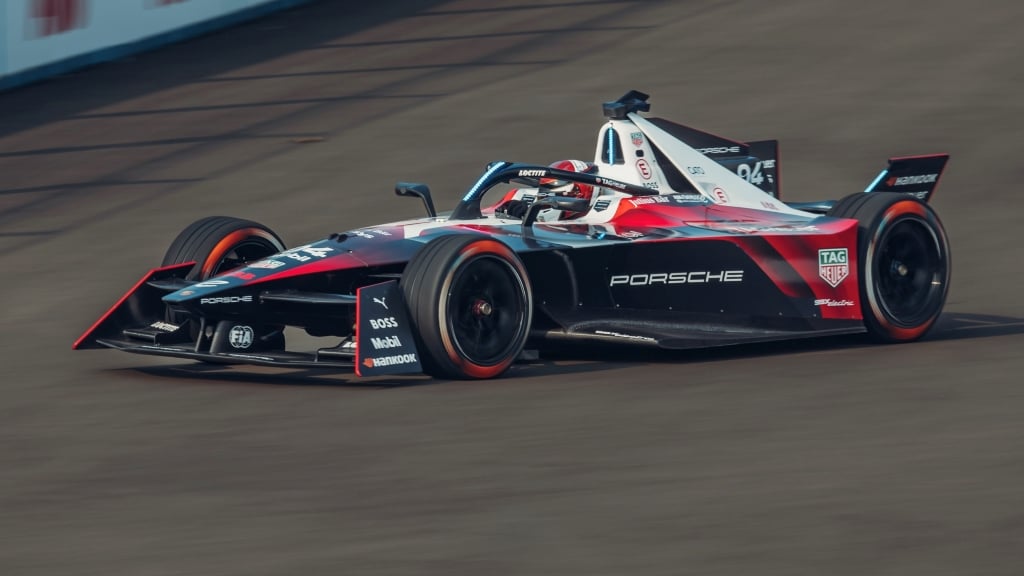
And, through it all, Porsche’s commitment to racing excellence continues unabated, with motorsport involvement ranging from their long-standing endurance racing programme and touring car championships to Formula E. Local racers still love the 911 as a track weapon, with one such machine already having clinched the first round of the 2024 South African Endurance Racing championship. Jean-Pierre van der Walt will also return to the 2024 Simola Hillclimb in his 992-Series 911 Turbo S, to defend his triple-champion status in the Road & Supercar division of this event.
Martin Pretorius
- Proudly CHANGECARS








